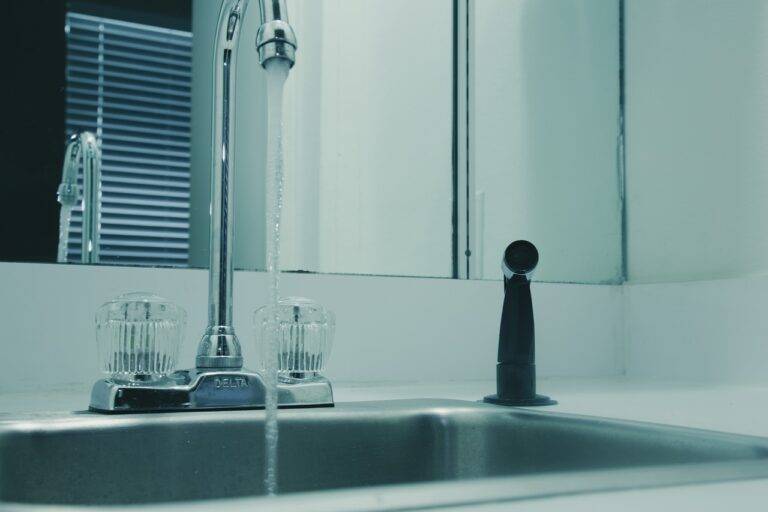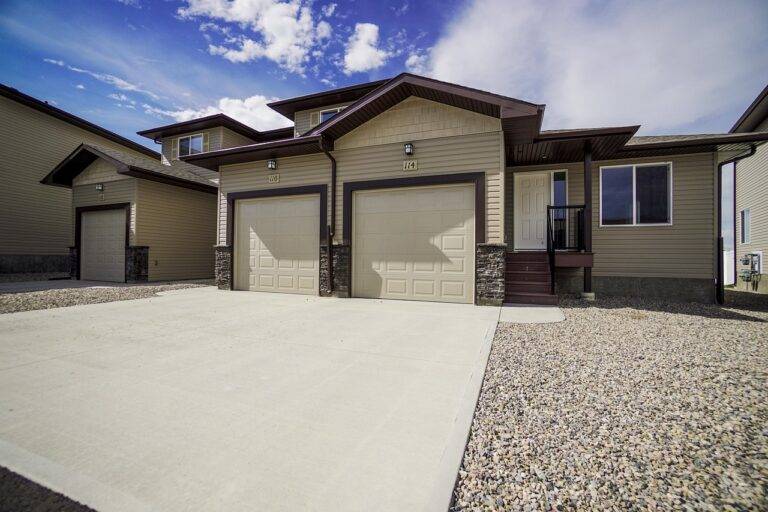Maximizing Natural Ventilation in Your Home
Natural ventilation can greatly improve indoor air quality by allowing fresh air to circulate throughout the home. This can help reduce the buildup of pollutants and allergens, creating a healthier living environment for occupants. Additionally, natural ventilation can help regulate indoor temperatures, reducing the need for mechanical cooling systems and ultimately lowering energy costs.
Furthermore, natural ventilation promotes a connection to the outdoors, bringing in natural light and views which can enhance the overall well-being of occupants. It can also create a more comfortable living space by reducing stuffiness and stale air. Overall, incorporating natural ventilation into a home design can lead to improved health, energy efficiency, and overall comfort for those who dwell within.
Understanding Air Flow in Your Home
From the moment you open a window or door in your home, air begins to circulate. This movement of air is vital for maintaining a healthy and comfortable indoor environment. Understanding how air flows in your home can help you optimize ventilation and improve the overall air quality.
When it comes to air flow, there are two main types: natural ventilation and mechanical ventilation. Natural ventilation relies on the principles of pressure differentials and temperature variations to move air in and out of a space. On the other hand, mechanical ventilation involves the use of fans, ducts, and other equipment to control air flow. By grasping these basic concepts, you can better manage the air flow in your home to create a more pleasant living environment.
What are the benefits of natural ventilation in a home?
Natural ventilation helps to improve indoor air quality, reduce humidity levels, and lower the risk of mold and mildew growth. It also helps to save energy by reducing the need for mechanical cooling systems.
How can I improve air flow in my home?
You can improve air flow in your home by opening windows and doors to allow fresh air in, using ceiling fans to circulate air, and utilizing exhaust fans in kitchens and bathrooms. Properly sealing and insulating your home can also help to regulate air flow.
Why is understanding air flow important for indoor air quality?
Understanding air flow is important for indoor air quality because it helps to ensure that fresh air is circulating throughout the home and that pollutants are being removed. Poor air flow can lead to stagnant air and an increase in indoor air pollutants.
How can I test the air flow in my home?
You can test the air flow in your home by holding a tissue or candle near windows, doors, and vents to see if the air is moving. You can also hire a professional to conduct an air flow assessment using specialized equipment.
What are some common causes of poor air flow in a home?
Common causes of poor air flow in a home include blocked vents or registers, dirty air filters, leaky ductwork, and improperly sized HVAC systems. Furniture placement and closed doors can also impede air flow.







